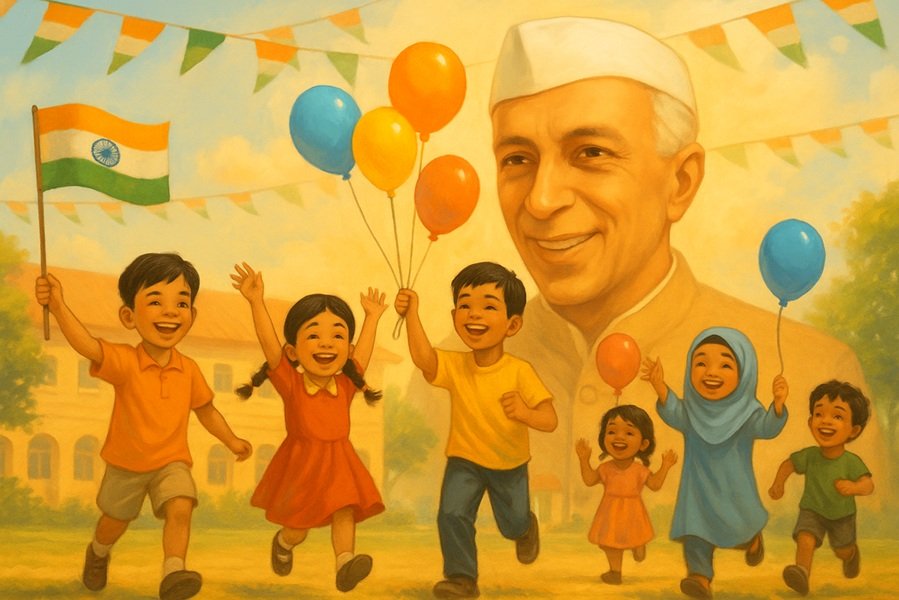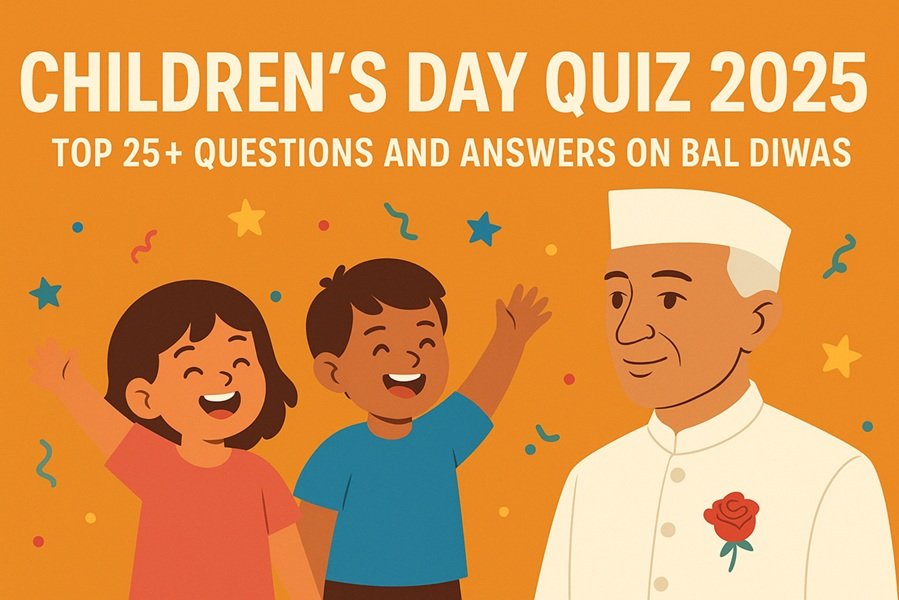
Introduction
Tamil, one of the oldest and most revered languages in the world, holds a special place in linguistic history. It is a Dravidian language spoken predominantly in the Indian state of Tamil Nadu and the union territory of Puducherry, as well as in Sri Lanka, Singapore, Malaysia, and among Tamil diaspora communities worldwide. Recognized as a classical language by the Government of India, Tamil has a rich literary tradition that dates back over 2,000 years.
- Tamil: நான் தமிழ் படிக்க விரும்புகிறேன்.
English: I want to learn Tamil. - Tamil: இந்தியா ஒரு பாரம்பரிய மற்றும் பாரம்பரியமான நாடு.
English: India is a country with a rich tradition and heritage. - Tamil: bharatarticles.com இல் பல்வேறு தலைப்புகளில் கட்டுரைகள் உள்ளன.
English: Bharatarticles.com has articles on various topics. - Tamil: நான் bharatarticles.com வலைத்தளத்தை பராமரிக்கிறேன்.
English: I manage the website bharatarticles.com.
Historical Evolution of Tamil
Tamil is one of the longest-surviving classical languages, with its earliest records dating back to 500 BCE. The history of Tamil can be broadly classified into three periods:
- Old Tamil (500 BCE – 700 CE): This period includes the Sangam literature, which consists of poems and ethical works that provide insights into early Tamil society. Some of the most significant literary works from this era include the Thirukkural by Thiruvalluvar and the Ettuthokai and Pathuppattu anthologies.
- Middle Tamil (700 CE – 1600 CE): During this time, Tamil saw the development of religious and philosophical texts. The Bhakti movement, led by saints like Alvars and Nayanmars, influenced Tamil literature, producing devotional hymns that are still revered today.
- Modern Tamil (1600 CE – Present): This period saw the standardization of Tamil grammar and the expansion of Tamil literature into prose, novels, and newspapers. The language adapted to modern needs while preserving its classical roots.
Tamil as a Classical Language
Tamil was officially designated as a classical language by the Government of India in 2004. A language is classified as classical if it has an independent tradition and a rich body of ancient literature. Tamil meets these criteria through:
- A vast collection of ancient literary works.
- A continuous tradition of language usage over more than two millennia.
- A distinct linguistic and grammatical structure that has remained largely unchanged over time.
Tamil Script and Grammar
Tamil has its own unique script, which evolved from the Brahmi script. The Tamil alphabet consists of 12 vowels (Uyir Ezhuthukkal), 18 consonants (Mei Ezhuthukkal), and one special character (Aaytham), making a total of 31 letters.
Tamil grammar, known as Nannul, is highly structured and follows a systematic set of rules that govern word formation, sentence structure, and pronunciation. The language is agglutinative, meaning words are formed by adding suffixes to root words.
Tamil Literature
Tamil literature is one of the oldest literary traditions in the world. It includes various genres such as poetry, prose, drama, and philosophical texts. Some notable works include:
- Thirukkural: A timeless ethical and moral treatise written by Thiruvalluvar.
- Silappathikaram and Manimekalai: Classical epics that provide insights into Tamil culture, history, and ethics.
- Kamba Ramayanam: A Tamil adaptation of the Sanskrit epic Ramayana, written by poet Kambar.
- Periya Puranam: A religious work describing the lives of 63 Nayanmar saints devoted to Lord Shiva.
In modern times, Tamil literature has expanded into novels, short stories, and contemporary poetry, with authors such as Kalki Krishnamurthy, Sujatha Rangarajan, and Jayakanthan gaining recognition.
Tamil in Modern Times
Tamil continues to be a thriving language with a strong global presence. It is:
- An official language in Tamil Nadu, Sri Lanka, and Singapore.
- One of the 22 scheduled languages of India.
- Widely spoken in Malaysia, Mauritius, South Africa, and among the Tamil diaspora worldwide.
Tamil is also a digital-friendly language, with technology companies incorporating Tamil into computing, translation tools, and artificial intelligence applications. Unicode support allows Tamil script to be used on the internet, ensuring its presence in global digital platforms.
Tamil Culture and Influence
Tamil is more than just a language; it is the foundation of Tamil culture, influencing music, dance, cinema, and religious practices. Key cultural aspects include:
- Tamil Music and Dance: Classical Carnatic music and Bharatanatyam dance form owe much to Tamil literature and devotional traditions.
- Tamil Cinema: Tamil-language films, popularly known as Kollywood, have a significant influence on Indian cinema.
- Religious Influence: Tamil temples and their inscriptions serve as repositories of historical and religious knowledge.
- Tamil Festivals: Festivals like Pongal, Tamil New Year (Puthandu), and Karthigai Deepam celebrate Tamil heritage and traditions.
Tamil and the Future
Tamil continues to evolve and thrive in the modern world. Efforts are being made to preserve its classical literature, promote its learning, and ensure its growth in the digital era. Tamil Nadu’s government and various Tamil organizations worldwide actively promote Tamil language education, cultural programs, and literary contributions.
With the advancement of AI and machine learning, Tamil is being integrated into voice assistants, translation software, and online learning platforms. This ensures that future generations will continue to engage with and appreciate Tamil language and culture.
Conclusion
Tamil is not just a language; it is a way of life for millions of people. With its deep historical roots, rich literary tradition, and significant cultural contributions, Tamil remains a source of pride for its speakers. As one of the world’s oldest languages still in continuous use, Tamil stands as a testament to the resilience and richness of South Indian heritage. Whether in literature, music, cinema, or daily communication, Tamil continues to flourish and inspire generations to come.



